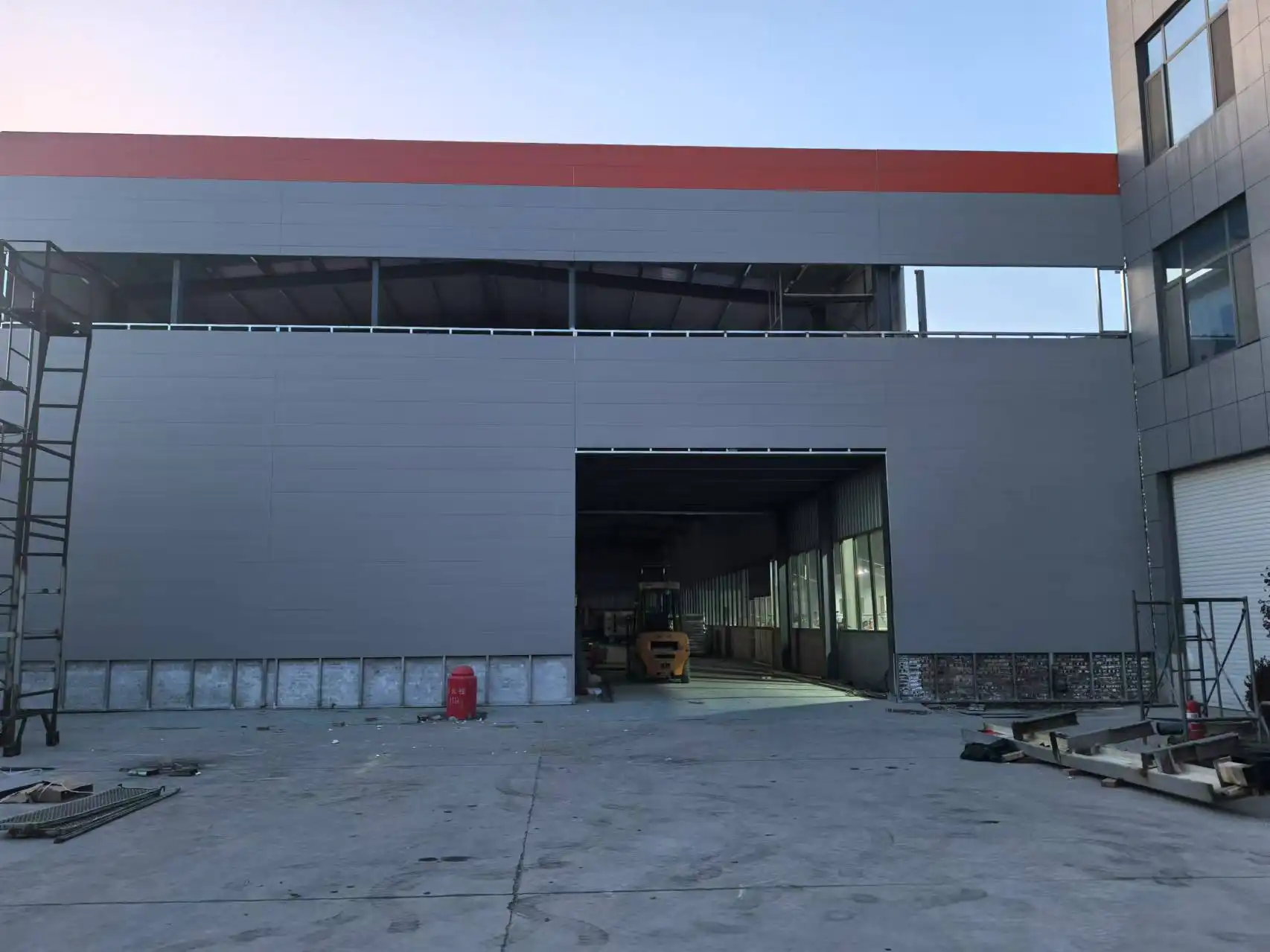Exploring Materials for Decorative Interior Cladding
The foundation of any successful decorative interior cladding project lies in choosing the right materials. The market offers an array of options, each with its unique characteristics and aesthetic appeal. Let's delve into some popular choices:
Wood Cladding
Wood remains a timeless favorite for interior cladding, offering warmth and natural beauty to any space. From rich mahogany to light pine, the variety of wood species available allows for diverse design possibilities. Reclaimed wood, in particular, has gained popularity for its eco-friendly appeal and unique character.
Metal Cladding
For a more contemporary look, metal cladding offers sleek, modern aesthetics. Materials like brushed aluminum, copper, or stainless steel can create a striking visual impact. Metal cladding is not only visually appealing but also durable and easy to maintain, making it an excellent choice for high-traffic areas.
Stone and Brick Veneer
Stone and brick veneers offer the charm of natural materials without the weight and installation challenges of full stone or brick. These lightweight options mimic the appearance of real stone or brick, providing texture and depth to your walls.
Textured Panels
Textured panels have emerged as a popular choice for decorative interior cladding, offering endless design possibilities. These panels come in various materials, including MDF, PVC, and composite materials, and feature intricate patterns and textures.
Design Ideas for Decorative Interior Cladding
Now that we've explored some popular materials, let's dive into creative design ideas to inspire your decorative interior cladding project:
Mix and Match Materials
Don't be afraid to combine different cladding materials for a unique look. For example, pair wood cladding with metal accents to create a balanced blend of warmth and modernity. This approach can add visual interest and depth to your space.
Create Geometric Patterns
Use cladding materials to create eye-catching geometric patterns on your walls. Herringbone, chevron, or hexagonal patterns can add a dynamic element to your room. This technique works particularly well with wood or tile cladding.
Incorporate Lighting
Enhance the impact of your decorative interior cladding by integrating lighting elements. LED strip lights behind wood slats or within the grooves of textured panels can create a dramatic ambiance and highlight the cladding's texture.
Extend to the Ceiling
Don't limit cladding to just your walls. Extending it to the ceiling can create a cohesive, enveloping look that adds character to the entire room. This approach works particularly well in rooms with high ceilings.
Use Cladding as Art
Consider using decorative interior cladding to create an artistic focal point. Large-scale geometric designs or abstract patterns made from different cladding materials can serve as a stunning alternative to traditional wall art.
https://www.youtube.com/shorts/ConDfNYFA0M?feature=shareInstallation Tips for Decorative Interior Cladding
While the design possibilities of decorative interior cladding are exciting, proper installation is crucial for achieving the best results. Here are some key tips to keep in mind:
Prepare Your Walls
Ensure your walls are clean, dry, and free from any imperfections before installing cladding. Repair any cracks or holes and remove any old wallpaper or loose paint. A smooth, even surface is essential for proper adhesion and a polished final look.
Consider Professional Installation
While some DIY enthusiasts may be tempted to tackle cladding installation themselves, professional installation can ensure the best results, especially for complex designs or materials. Experts have the tools and experience to handle challenges like uneven walls or intricate cutting requirements.
Pay Attention to Seams and Edges
The devil is in the details when it comes to decorative interior cladding. Pay close attention to seams and edges to ensure a clean, professional look. Use appropriate trims or moldings to create smooth transitions and protect edges.
Account for Expansion and Contraction
Some cladding materials, particularly wood, can expand and contract with changes in temperature and humidity. Leave appropriate gaps to accommodate these natural movements and prevent warping or buckling over time.
Consider Maintenance Requirements
Different cladding materials have varying maintenance needs. Consider the long-term care requirements when choosing your cladding. For example, wood may require periodic sealing or refinishing, while metal or PVC panels might be more low-maintenance options.
Conclusion
Decorative interior cladding offers a world of possibilities for transforming your living spaces. By carefully selecting materials, exploring creative design ideas, and ensuring proper installation, you can create stunning interiors that reflect your personal style and elevate your home's ambiance.
At Weifang Sandong Building Materials Co., Ltd., we're committed to providing high-quality cladding solutions for both exterior and interior applications. Our extensive range of products, including metal siding panels and versatile cladding options, are designed to meet the diverse needs of
residential and commercial projects. With advanced production lines and strict quality control measures, we ensure that our products meet the highest standards of performance and aesthetics.
If you're looking to explore innovative cladding solutions for your next project, we invite you to reach out to our team of experts. Contact us at info@sdqsc.com to learn more about our product offerings and how we can help bring your design vision to life.